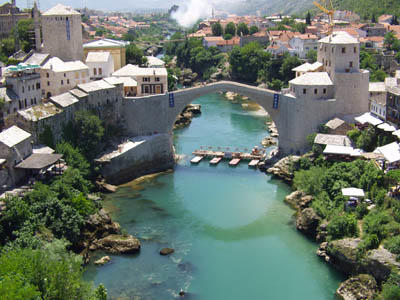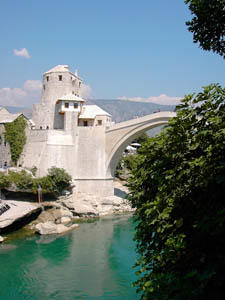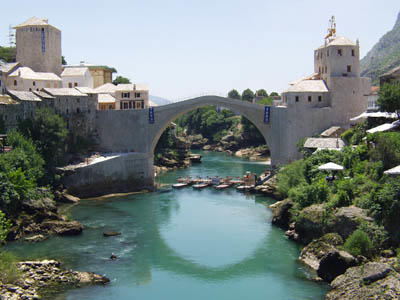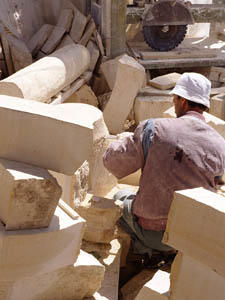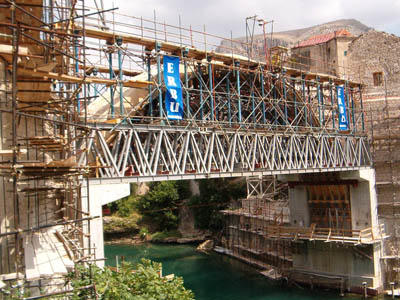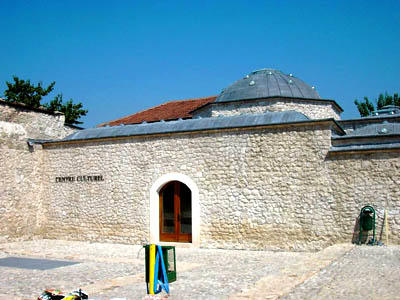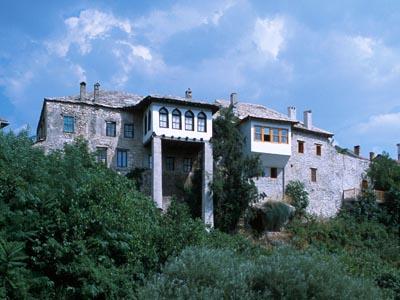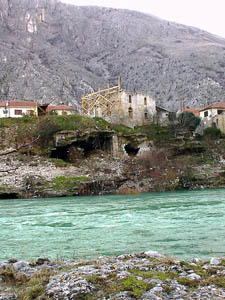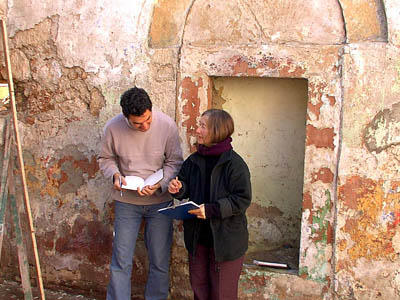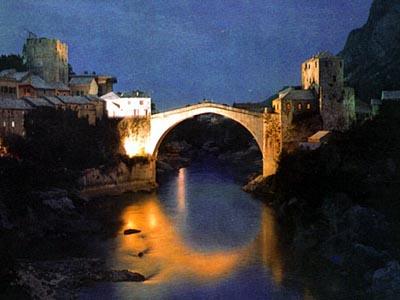About Mostar
The Ottomans conquered Mostar in 1463 and brought Islamic influences and urban growth to the small town straddling the banks of the Nerevta River. Emperor Suleyman the Magnificent ordered the construction of a stone bridge over the water, designed by famed architect Sinan, which transformed Mostar into a thriving junction between east and west. Nestled in a mountainous region of modern-day Bosnia and Herzegovina, Mostar retained some autonomy from the empire and was characterized by ethnic diversity and religious tolerance. In the centuries that followed, Mostar developed architecturally and culturally under the rule of the Venetians, Austro-Hungarians, and Socialists. The population catapulted from 18,000 to 100,000 between 1945 and 1980. The city received a prestigious award for preservation work from the Aga Khan Trust for Culture in 1986. Less than a decade later, Croatian tanks obliterated many of Mostar’s historic buildings and 75 percent of its housing. The sixteenth-century Stari Most bridge was among the structures that collapsed, a symbolic defeat of the city’s cultural openness.
2000 and 2002 World Monument Watch
WMF placed the Historic District of Mostar on the 2000 and 2002 Watch in response to conflict in the region. Involvement with Mostar began even earlier when WMF partnered with the Aga Khan Trust for Culture (AKTC) in 1997 to support conservation efforts in the city. The two organizations created a priority list of 21 sites to be restored and submitted the Conservation and Development Plan for the Old Town, which was adopted by the government.
In partnership with the AKTC, WMF achieved the restoration of four institutional buildings and one place of worship for new or renewed use in the continuing life of Mostar, as well as numerous smaller interventions in the physical fabric of the city’s historic neighborhoods. The project also included the drafting of a detailed conservation and development plan for the old city (within its 1918 boundaries) in order to provide the city administration with an up-to-date record of the existing situation, as well as an appropriate urban management tool for plot-by-plot interventions.
The overall project, completed in 2004, was shaped in such a way as to establish a framework of urban conservation schemes and individual restoration projects that would help regenerate the most significant areas of historic Mostar, and particularly the urban tissue around the Stari Most bridge, a symbol of civic peace for centuries before its destruction in 1993.

